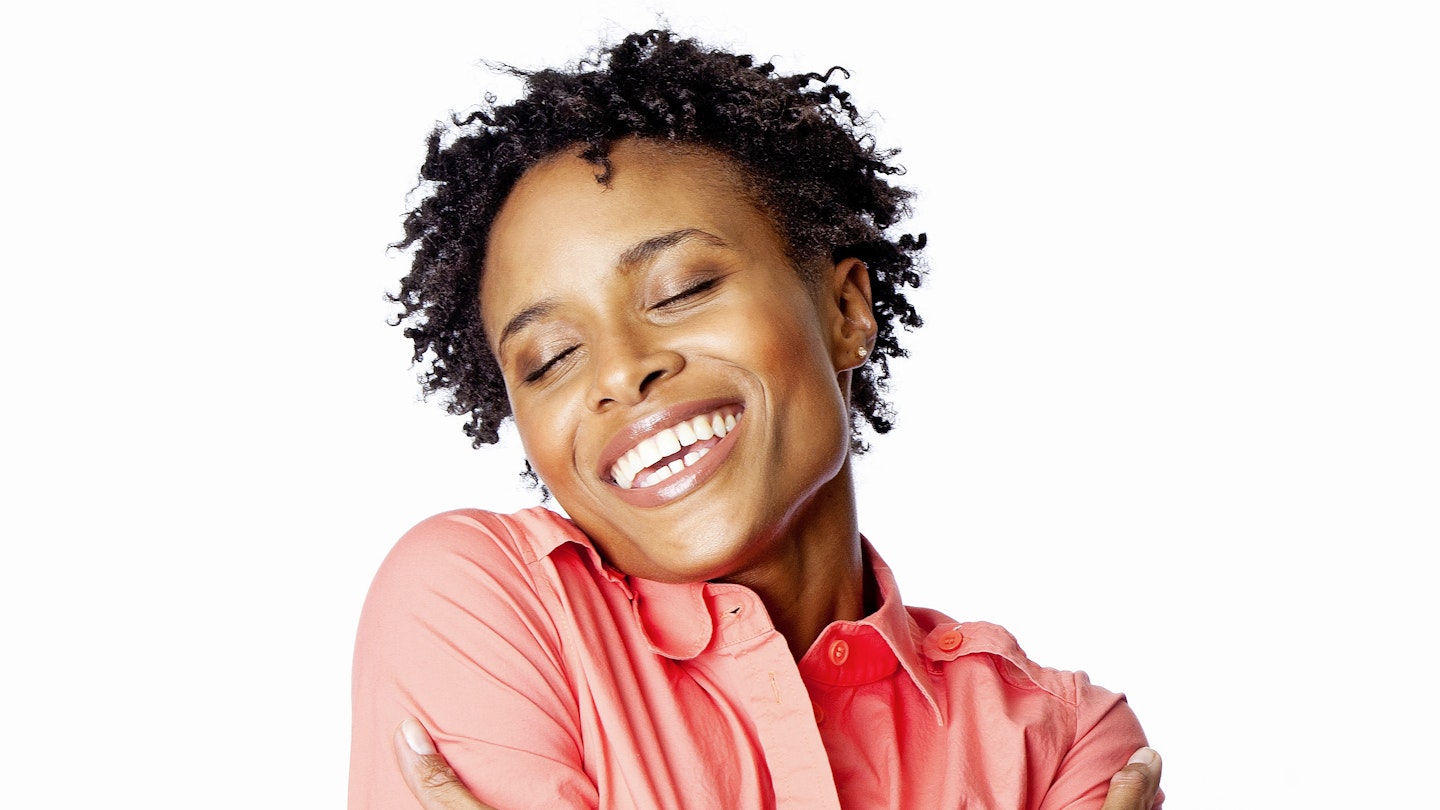It’s a natural instinct to soothe an agitated baby with comforting words and calming caresses. Yet we’re far less likely to show ourselves the same compassion when we’re upset.
But, as we struggle through the Covid crisis, experts say treating ourselves with the kindness we show to crying kiddies could be the key to helping us cope.
‘In this time of collective worry, kind and compassionate self-talk is essential,’ says psychologist Suzy Reading, author of Self-Care for Tough Times. ‘Consider what you’d say to a child who is feeling as you do — and learn to extend these same words to yourself.
‘Self-soothing practices that help babies sleep are just as vital for grown-ups in combatting stress. They dial down anxiety and calm the nervous system, helping us restore and heal following challenging experiences. They make us feel safe and can coax us to sleep too.’
Try these baby-calming rituals on yourself.
Swaddle yourself
Being wrapped in a comforter can make babies feel secure and snug enough to nod off. For adults, a weighted blanket could offer similar effects. The blanket’s pressure on the body is said to mimic the feeling of being hugged or massaged, helping to lower the heart rate and relax you. Research shows their use can lead to better sleep too.
Rock-a-bye baby
Struggling to sleep? Instead of tossing and turning, try rocking. It helps babies drift off, of course, but studies suggest rocking helps synchronise brainwave activity into a pattern associated with sleep in adults too. Lying down, draw your knees up to your chest and hug them gently towards your body. Now breathe deeply, then rock gently from side to side.
Do the butterfly hug
No one around to give you a cuddle when you need one? No problem. Self-hugs bring the same benefits, triggering the release of oxytocin, a hormone that eases stress. Try enveloping yourself in a ‘butterfly hug’ — a method created by therapists working with traumatised children. Cross your hands and either place them on your chest or have them hugging opposite shoulders. Then, gently tap alternate hands — left, then right — on the chest or shoulders, like a butterfly’s fluttering wings. This technique is said to help release trapped anxiety.
Blow bubbles
Little ones love bubble-blowing. But who knew the method needed to blow the perfect sphere (taking a deep breath, then slowly exhaling through pursed lips so the bubble doesn’t pop) helps slow the heart rate and switch on the calming parasympathetic nervous system? ‘Bubble breathing’ is a technique used by therapists to calm anxious children. But it’s a useful tool to help adults switch from short, shallow breaths, typically associated with stress, to longer, deeper breathing that can help bring calm.
Go easy on yourself
Fed up of feeling fed up? Instead of criticising yourself for your emotions — which can feel like an attack and send your body into fight-or-flight mode — try soothing yourself as you would a fretting baby. You may feel self-conscious, but tenderly cup your face in your hands, stroke your cheeks or gently tap your chest. Talk kindly to yourself: ‘You’ve had a hard day; try to relax now.’ Showing yourself tenderness can switch off your stress response and trigger the relaxation response instead.
Breathe like a baby
Lots of adults tend to breathe shallowly into the chest while babies and small children naturally ‘belly-breathe’, fully saturating their lungs with oxygen while their bellies rise and fall as they inhale and exhale. Not only is this kind of breathing efficient, research shows it’s also calming.
Wear clothes that cuddle you
You wouldn’t clothe a baby in rough fabrics that might irritate their skin. So try dressing yourself with the same gentleness.
‘Wearing soft fabric against the skin can help us feel safe, warm and comforted, acting like a cocoon that helps us feel physically and psychologically safe,’ says author of The Psychology of Fashion, behavioural psychologist Professor Carolyn Mair. ‘As we’re having far less physical contact with others in the pandemic, soft clothes can mimic the sensation of a gentle touch and even a hug.’
Edited by Kim Jones
